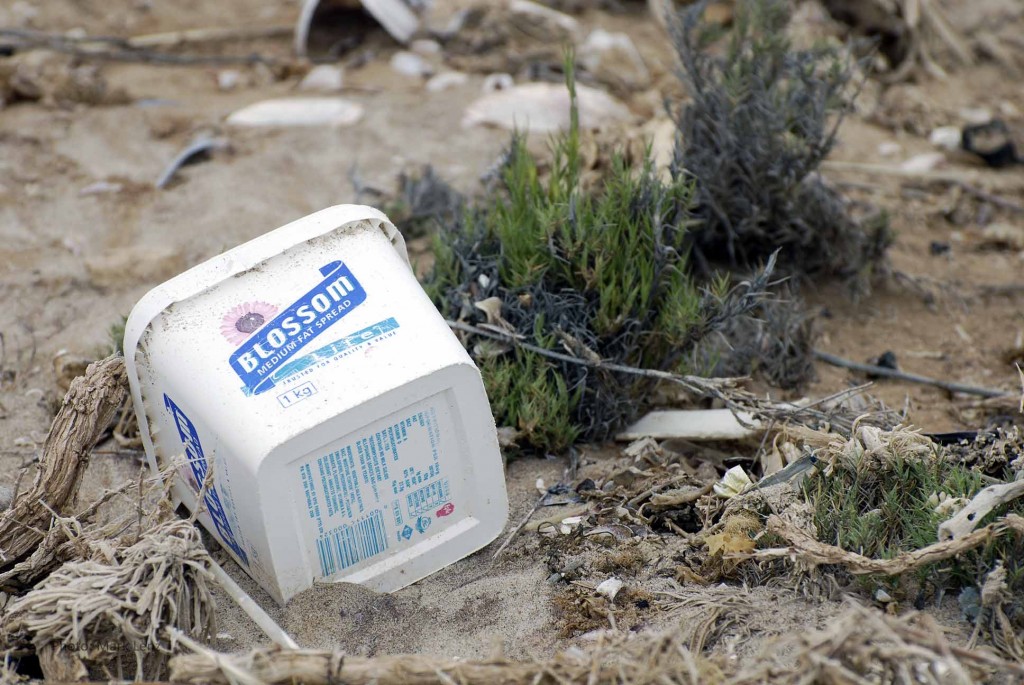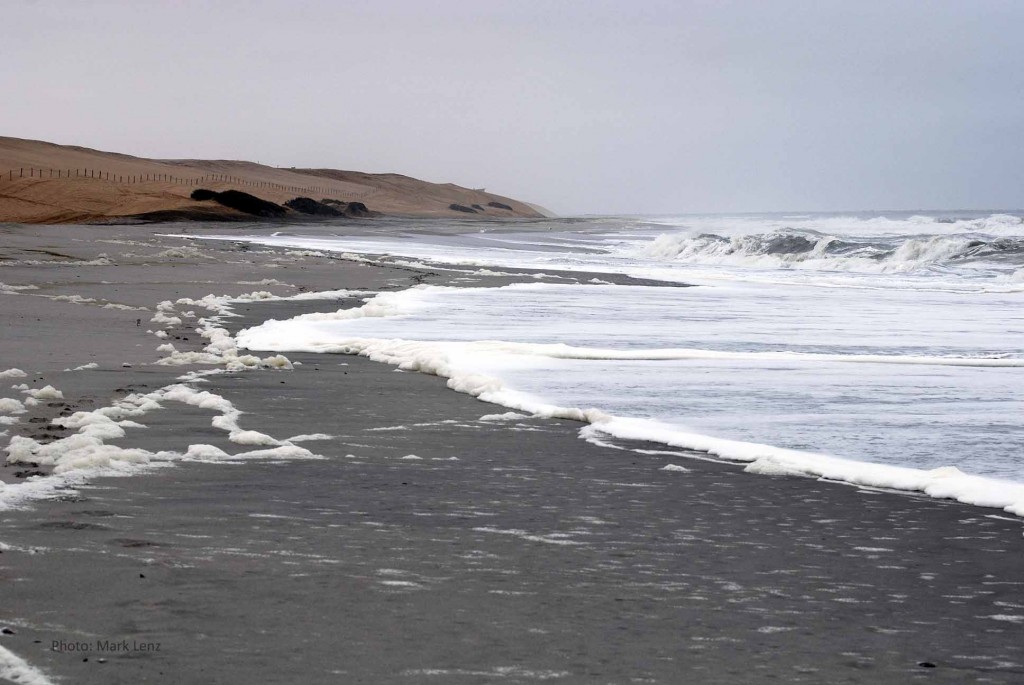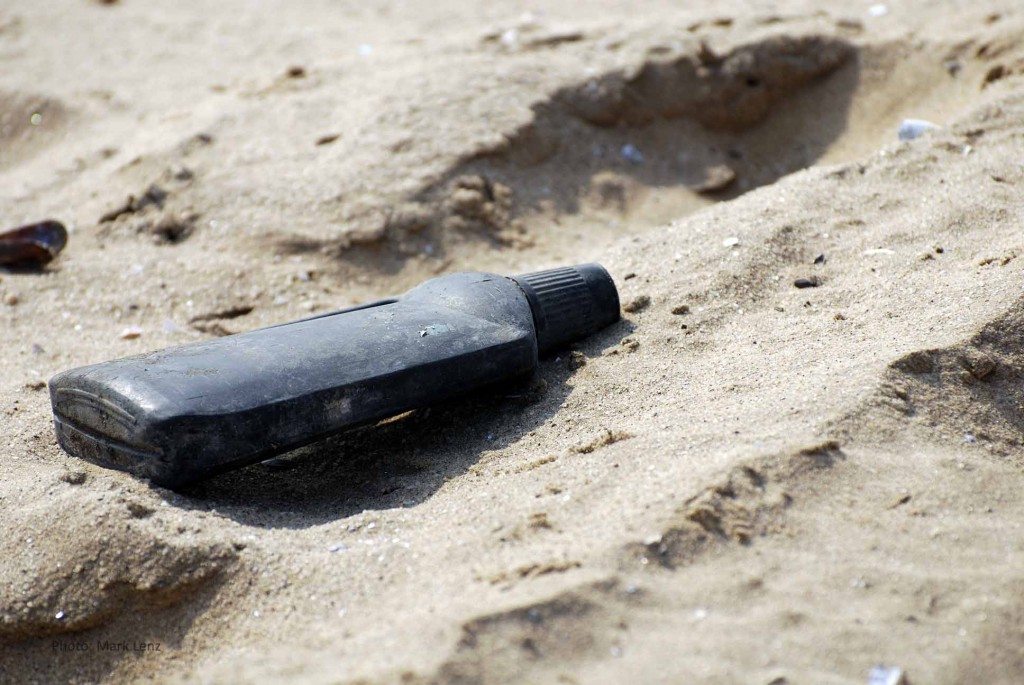Teaching a course in biological oceanography at the University of Namibia brought me to the Skeleton Coast. Whatever you may expect from African shores – this place is presumably different. Located on the western side of the continent, the Namibian coast experiences the upwelling of cold deep-sea water as well as the lateral transport of polar water masses from Antarctica by the Benguela current system. Both processes do not make the region an attractive place for beach lovers but they create an El Dorado for the large predators of the seas. The nutrient rich waters make the region one of the most productive marine environments in the world and support populations of large bony fishes, sharks, seals and whales. Their beached skeletons gave this strip of coastline its name – and the fact that the crews of shipwrecked vessels found themselves lost in an endless desert. This names the other effect of the cold water front: the stable stratification of air masses in this region brings the yearly precipitation almost down to zero. When visiting the Skeleton Coast, especially during the winter months, you find yourself in a cold, foggy and amazingly dry environment. The indigenous Bushmen called this part of the county ‘the land God made in anger’.
Since marine plastic debris is our predominant research subject since one year (see also the posts of this blog), I was interested to see how polluted the beaches are in this part of the world. Should you expect much plastic litter here? Due to its scantiness, the Skeleton Coast is still a remote and lonely place. From Svakopmund, a town with 45 000 inhabitants in Namibia’s Erongo region, a salty desert road brings you northward towards Henties Bay, where the Sam Nujoma Marine & Coastal Resources Research Centre is located. Left and right of the marine station, sandy beaches stretch far into the foggy distance. Svakopmund is now 70 km to the south, while the coast north towards the Angolan border is almost devoid of larger human settlements. Furthermore, most of the year the river beds that reach the ocean here are dry and therefore do not transport litter from inland areas. Except for the polar regions – how farer can you be from any source of plastic pollution? However, not surprisingly, also this faraway coast is not free of the omnipresent traces of human life – although the amounts of beached macroplastic items are much smaller than what you can find, for instance, along the coasts of Europe. Most common are disposable containers, e.g. PET bottles, and styrofoam debris. It seems that the majority stems from the few touristic places in the region. Henties Bay for instance, which normally has less than 5000 inhabitants, is a busy town during the peak holiday season in the Namibian summer. What is also conspicuous when inspecting the driftline is the absence of debris that shows signs of a long residence at sea. Fishing equipment, for instance, such as nets, gloves and boxes, which are very abundant along most coasts of Europe, is rare to find here. The strong Benguela current presumably moves floating objects away from land and is therefore a natural barrier for seaborne plastic debris. All these traits very likely make the Namibian coast one of the cleanest on the planet. However, so far no empirical studies thoroughly investigated the abundance of plastic litter along these very particular shores.
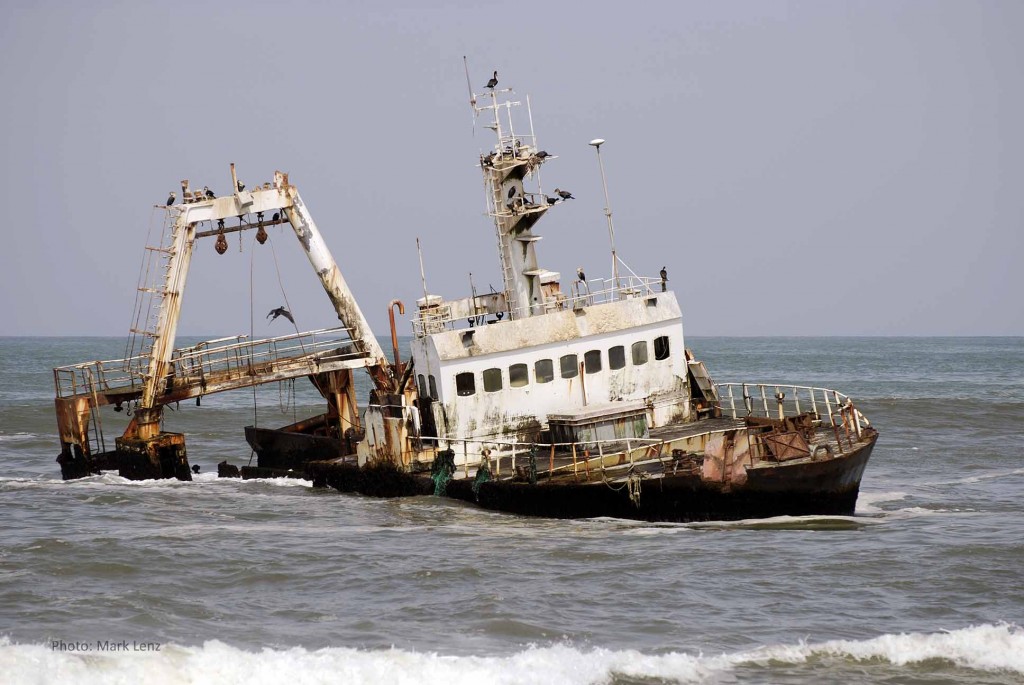
The waters here are dangerous because of the fog and ever-changing sandbanks. Shipwrecks give proof of this.
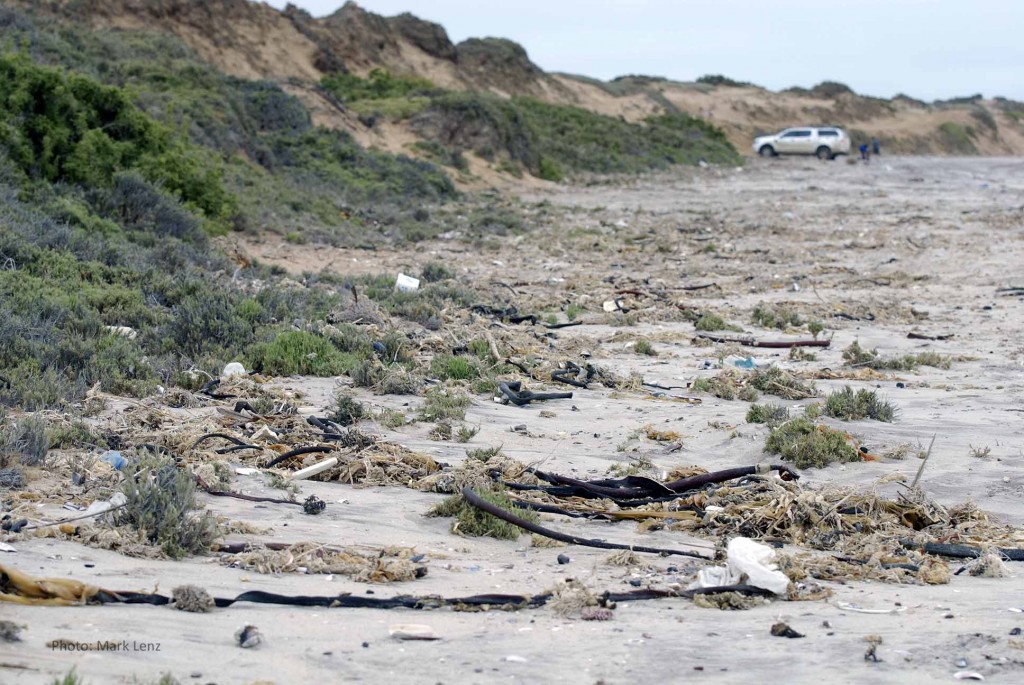
A driftline near Henties Bay. Among the marine debris, plastic can be found – but is not particularly abundant.
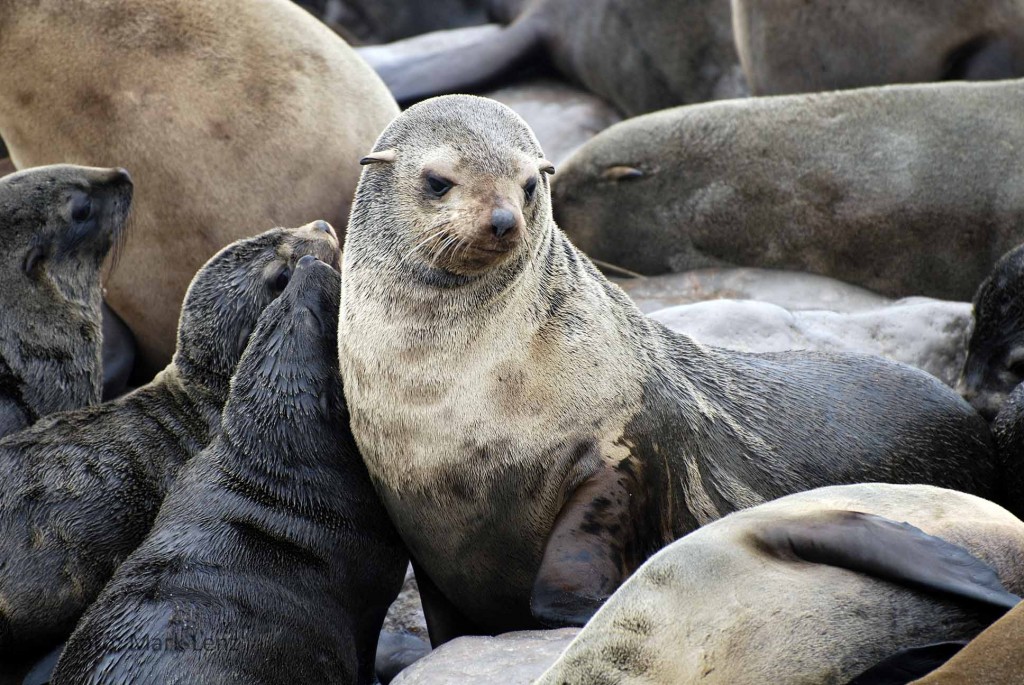
The high productivity of the coastal waters support populations of large marine predators such as these cape fur seals.
Mark Lenz
